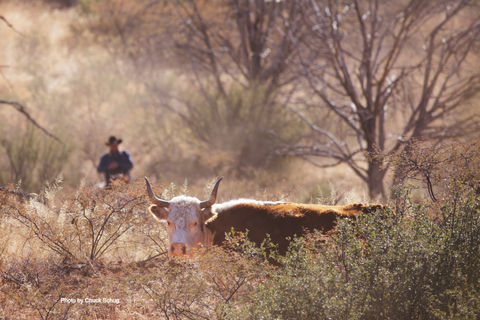
Village of Oak Creek
Roundabout Art Project

Our Village Story

Big Park-Village of Oak Creek
Vision Statement
Our community honors and protects its quiet, small-town feel and southwestern heritage.
We value and support low-density, low-rise, walkable development design to preserve our exceptional Red Rock views, open spaces, and cherished International Dark-Sky designation.
Priorities include the health, welfare, education and safety of residents, reliable broadband and infrastructure and access to abundant educational, recreational and cultural opportunities.
As part of our economy, we support sustainable tourism practices that enrich the quality of life for residents and future generations.
Approved by Big Park Council March 2023
The Big Park region, which includes the Village of Oak Creek, is part of the greater Sedona region. Sedona is often cited as one of the most beautiful towns in the US (#3 cited in this recent article in Architectural Digest).
The Red Rock Scenic Byway gracefully meanders through the Village, then winds past famous rock structures, terminating in the uptown business district of Sedona. The landscape along that route is breathtaking, with towering red rock features to either side, that have been inspiring an unforgettable sense of awe since man first arrived.
The Greater Sedona area attracts more than 3 million visitors/year for the experience of outdoor recreation (hiking, mountain biking, equestrian, golf), sightseeing – including appreciation of cultural artifacts of First Nations peoples, and world class resorts/spas and art galleries.
It is also home to many families and retirees, attracted by the availability of year-round outdoor recreation, Dark-Sky tranquility, abundant wildlife, proximity to a major university in Flagstaff to the north, the metropolis of Phoenix to the south, and a thriving tourist economy.
Gallery of Village Scenes
Where We Live

According to local geologist Wayne Ranney and Camp Verde community leader Steve Ayers, our region has a violent volcanic past. The predominant force which formed the region surrounding Sedona has been the energy generated by the shifting, slipping, sliding, pulling, pushing, rise and fall of the enormous tectonic plates that define the world's landmass, as well as its ocean floors.
Landforms throughout the Verde Valley itself are all the result of huge blocks of crust rising and falling along fault lines. On top of area mountains there is a layer of basalt, the planet's most abundant rock, formed by slow moving lava. Geologist Ranney was the first person to see House Mountain for what it was. His work as a graduate student at Northern Arizona University demonstrated the volcano was close to 14 million years old. Ranney, in his study of the volcano, discovered lake sediments at the top of House Mountain – sediments that have since eroded. Credits to the Camp Verde Bugle
Who Came
Before Us


This scenic region has long been the home of indigenous settlers, as evidenced by thousands of documented ruins in the cliffs and riverbanks around us. One descendant tribe, the Yavapai-Apache Nation, is now located in the Verde Valley of Arizona. They comprise five tribal communities: Tunlii, Middle Verde, Rimrock, Camp Verde and Clarkdale, with 2,596 enrolled tribal members (April 2019) and over 750 residents. The Yavapai-Apache Nation consists of two distinct people, the Yavapai and Apache. The Yavapai refers to themselves as Wipuhk’a’bah and speak the Yuman language, while the Apache refer to themselves as Dil’zhe’e and speak the Athabaskan language.
Above excerpts borrowed from the Yavapai-Apache Nation website and from a recent presentation by Apache Elder Vincent Randall, a member of a sub-group of Apache called the Dil’zhe’e people. In addition to a distinguished career as an educator and coach, Randall also served as tribal chairman and cultural historian for the Yavapai-Apache Nation.











